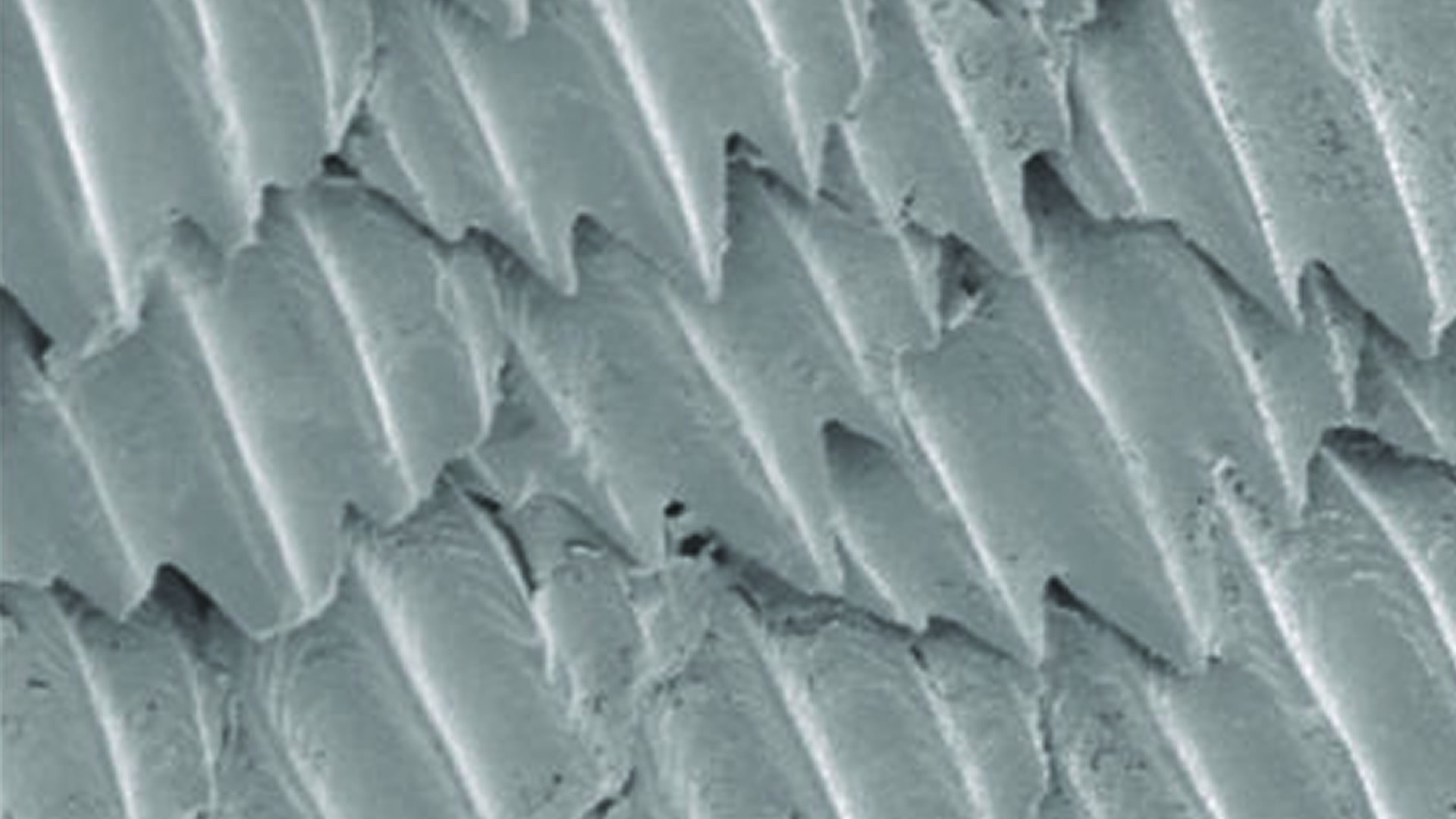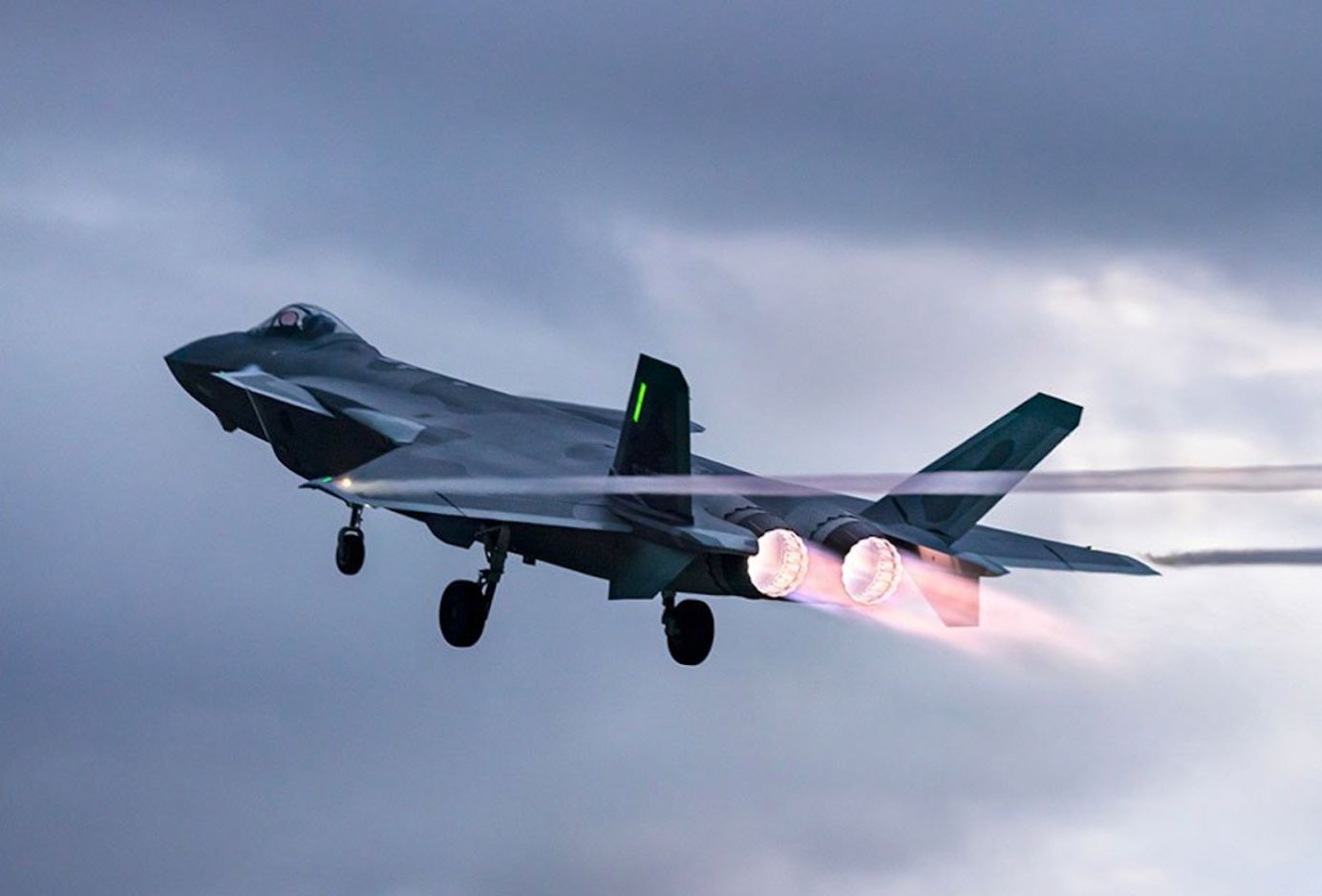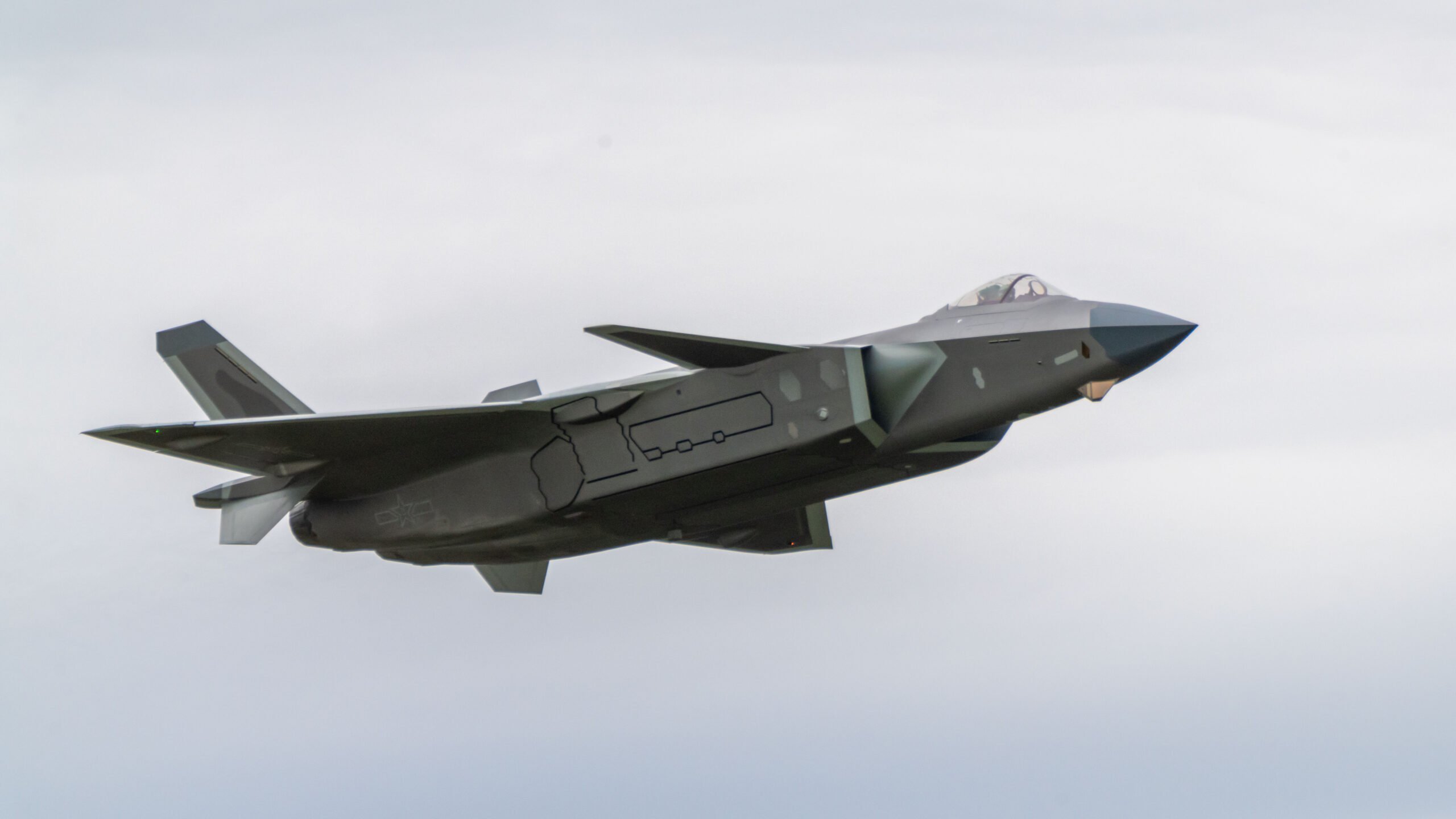Beijingwalker
Elite Member
- Nov 4, 2011
- 76,546
- 104,136
- Country of Origin

- Country of Residence

Chinese scientists bring ‘shark skin’ tech to the next-generation jet engine race that US Air Force plans to quit
- Chinese scientists have developed a new 3D-printed structure to go inside a turbofan jet engine which reduces drag and increases efficiency
- It could threaten America’s dominance of engine technology, particularly after it abandoned development of a next-generation fighter engine
Published: 4:00pm, 31 May 2024

New technology in jet engine development – used to power military aircraft such as the J-20 stealth fighter, pictured – could see China zoom ahead of the US in the area. Photo: Xinhua
A revolutionary shark skin structure inside a turbofan engine, which reduces drag by 10 per cent and significantly increases engine efficiency, has been created by a group of researchers in western China.
The high-strength, large-scale, titanium alloy, precision 3D printing technology behind this breakthrough is set to help China “catch up to, and even surpass” the United States and its allies in the race to develop next-generation aviation engines, project lead scientist Zhang Shaoping with the AECC Sichuan Gas Turbine Establishment said in a peer-reviewed paper published in April in the journal Acta Aeronautica et Astronautica Sinica.
The new generation of engines demands lower fuel consumption for greater thrust, but the path forward has been fraught with challenges. The US Air Force, for instance, said last year it was planning to abandon the Adaptive Engine Transition Programme (AETP) for developing a new next-generation fighter engine, as it instead focused on upgrading existing engines.
However, they fear China may seize this opportunity to catch up.
“Beijing is heavily investing in developing and producing effective propulsion technologies, and these investments are significantly greater than ours from a propulsion perspective, allowing them to close the gap,” John R. Sneden, propulsion director for the US Air Force’s Life Cycle Management Centre, said in an interview with Air & Space Forces Magazine in August 2023.
“We are losing our propulsion lead to China,” he added.
On Thursday, China implemented export restrictions on sophisticated jet engine components, manufacturing equipment and technology with potential military applications. According to China’s customs data, the US was the top buyer of Chinese aerospace products in the first four months of the year.
China has long lagged behind the US in aviation engine technology – up to 30 years by some estimates. It was only recently that the PLA Air Force initiated the service of the WS-15 engine on the J-20 stealth aircraft – while its American counterpart, the F119 engine on the F-22 fighter, began production in the 1990s.
But as engine manufacturing shifts from traditional methods to 3D printing, the gap is disappearing quickly.
In December 2022, GE announced a turbine centre frame made with laser 3D printing. Just one year later, Zhang’s team submitted its paper, presenting a component larger and more complex than GE’s.
With collaborators from Northwestern Polytechnical University, a top Chinese defence research institute sanctioned by the US, Zhang’s team achieved this feat in a giant component called the intermediate casing. Over a metre in diameter, it features bionic grooves just 15 to 35 micrometers deep – thinner than a human hair.
It was previously considered impossible to manufacture such a large hard alloy component using a 3D printer while maintaining precision at such a fine scale.
The intermediate casing is the most important and complex load-bearing structural component of an aviation engine. It not only connects the engine’s front intake fan and the compressor but also serves as the connection between the engine and the aircraft fuselage.
The intermediate casing needs to withstand the impact of high-pressure and high-temperature gases while transmitting the engine’s thrust and torque to the aircraft. Despite being just 3mm (0.11 inch) at its thinnest point, it can bear over 10 tonnes of load, posing significant design and manufacturing challenges.
Using mainstream 3D printing technology and commercial software, Zhang’s team created a prototype that is 25 per cent lighter than traditional castings, yet strong enough to withstand impacts like bird strikes.
Laboratory tests confirm it “meets the requirements of mechanical properties, weight reduction and manufacturability”, Zhang and his colleagues wrote.
But the researchers noted that the 3D printing technology still faces considerable challenges to achieve mass production.
Although the current ultra-fast laser melting additive manufacturing technology has achieved a precision of 3 micrometers, the stress and deformation caused by rapid heating and cooling during the material’s melting and solidification process still pose headaches for factories.
Despite this, the researchers believe this technology will revolutionise the aviation industry in the near future.
“Hollow fan blades will no longer be confined to traditional honeycomb or truss structures but can adopt topologically optimised internal skeletons combined with lattice structures or even metamaterials. The hollowness rate can be increased to over 45 per cent, and it is expected to have better impact resistance,” wrote Zhang’s team in the paper.
By integrating design and additive manufacturing technology, pipelines and cooling channels can also be embedded into the casing to improve cooling performance, the scientists said.
“Using shape memory alloys, we can also design and manufacture smart exhaust nozzles with adaptive adjustment functions, eliminating complex mechanical structures and achieving significant structural weight reduction,” they added.





